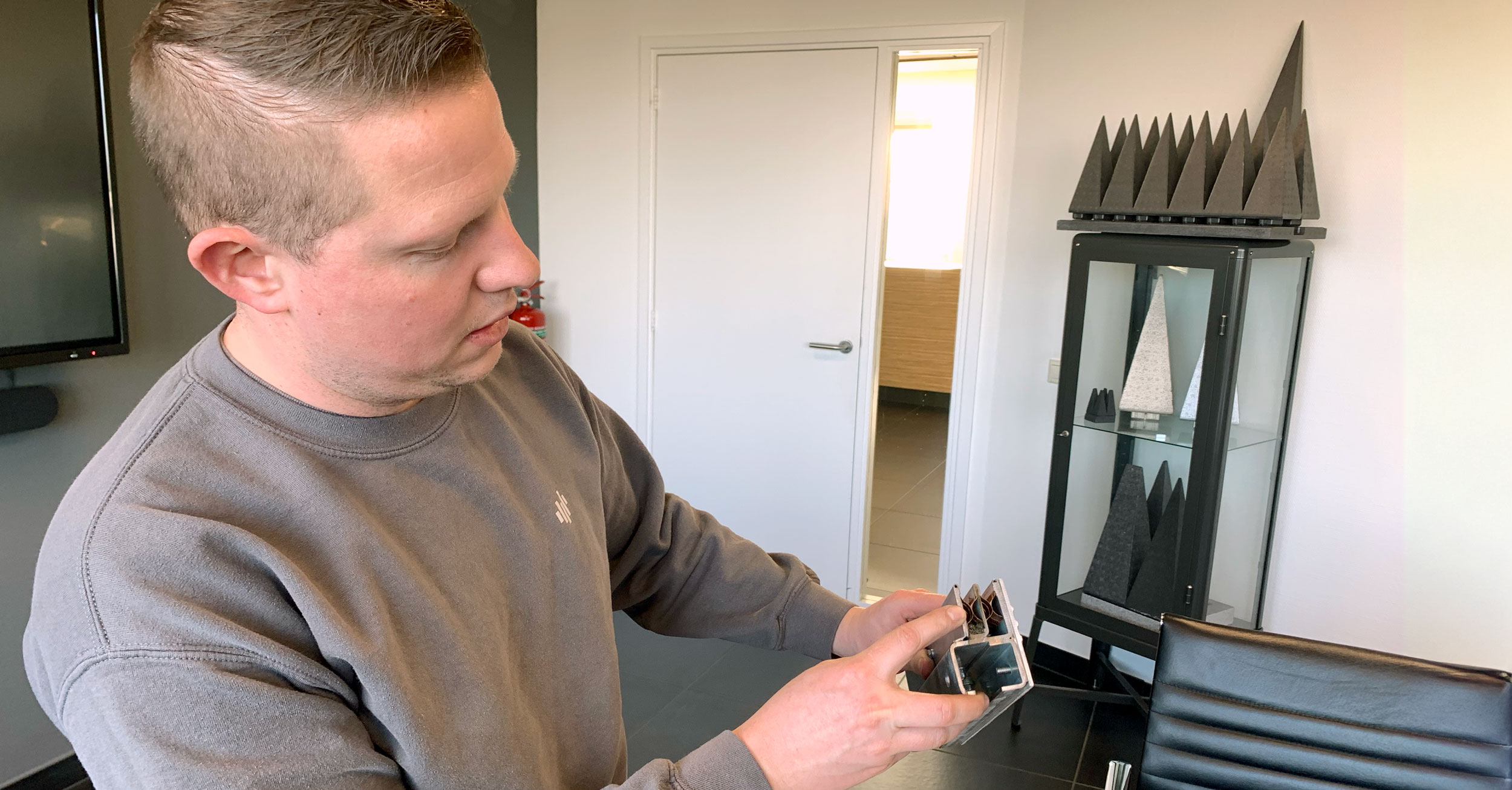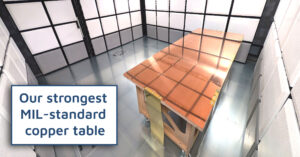
Exchanging Fast-stirring and ISO 11451-5 knowledge in Japan
Last week, our consultants, Hanneke van Veen and Dimitrios Barakos, visited seven companies in Japan with our friends from Microwave Factory to help companies implement the closed-loop power control (fast stirring) reverb method as per the ISO11451-5 test standards.



Neglecting proper maintenance of test chamber doors can result in considerable performance loss. Our Service Engineer, Edwin Van Der Ploeg, explains the associated risks and offers guidance on mitigating them.
Edwin: “When I carry out an H-Field measurement, I measure the doors four times across seven points at varying frequencies. During these measurements, I verify whether these seven points comply with the standards. When these points do not exhibit radiation within the standards, it is often due to dirt. Ideally, you want 100 per cent steel on steel without any interference from other materials, such as dirt, which creates unwanted isolation. When testing at higher frequencies, dirt significantly reduces contact between the leaf and the door frame.”
So what do you advise, Edwin?
Edwin: “The section of the doorpost in the photograph I’m referring to is known as finger stocks and is a typical area where dirt, dust, corrosion, liquids, and grease create issues. The challenge is that some forms of contamination are not visible to the naked eye. Prevention is crucial; the best approach is to inspect the doors annually. You wouldn’t want to disassemble the door and replace all its components.”